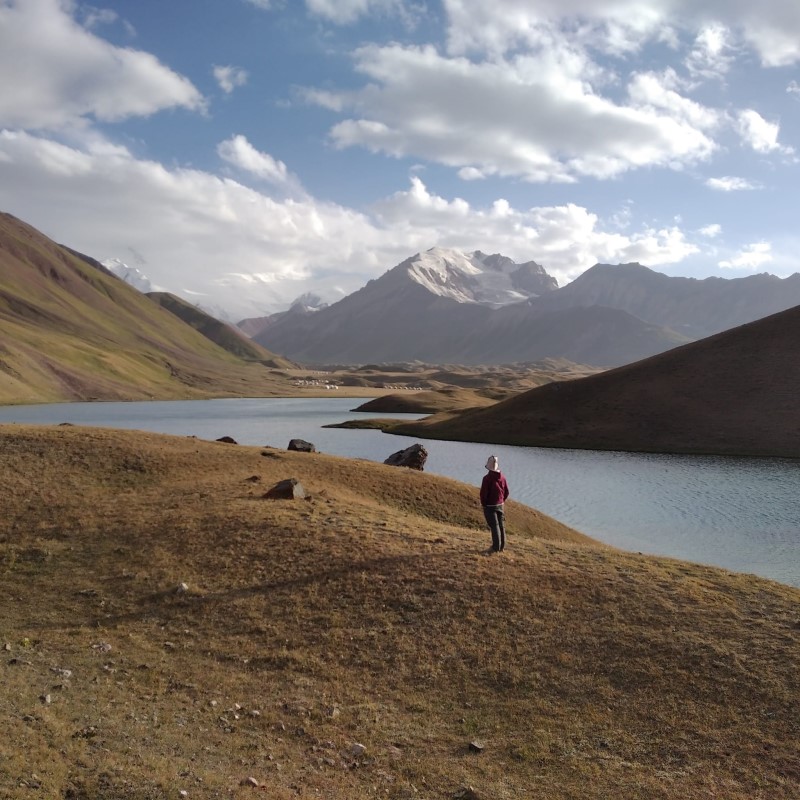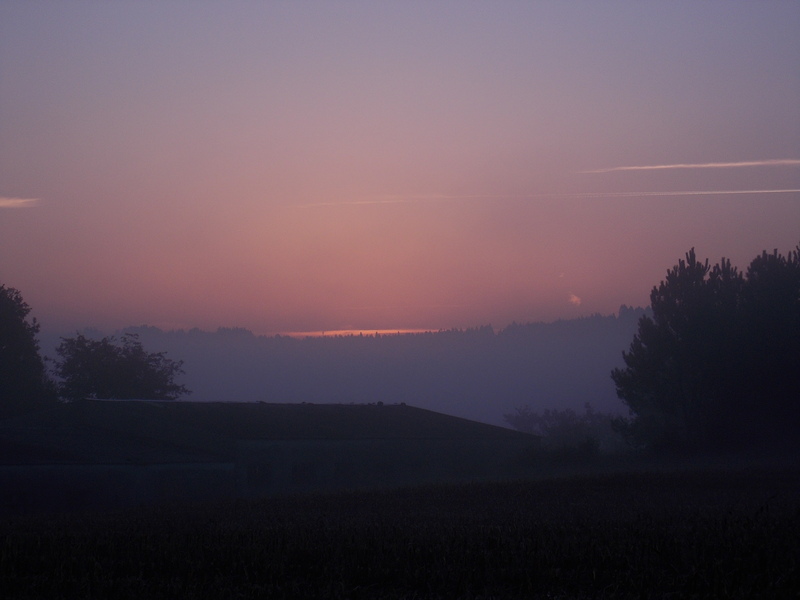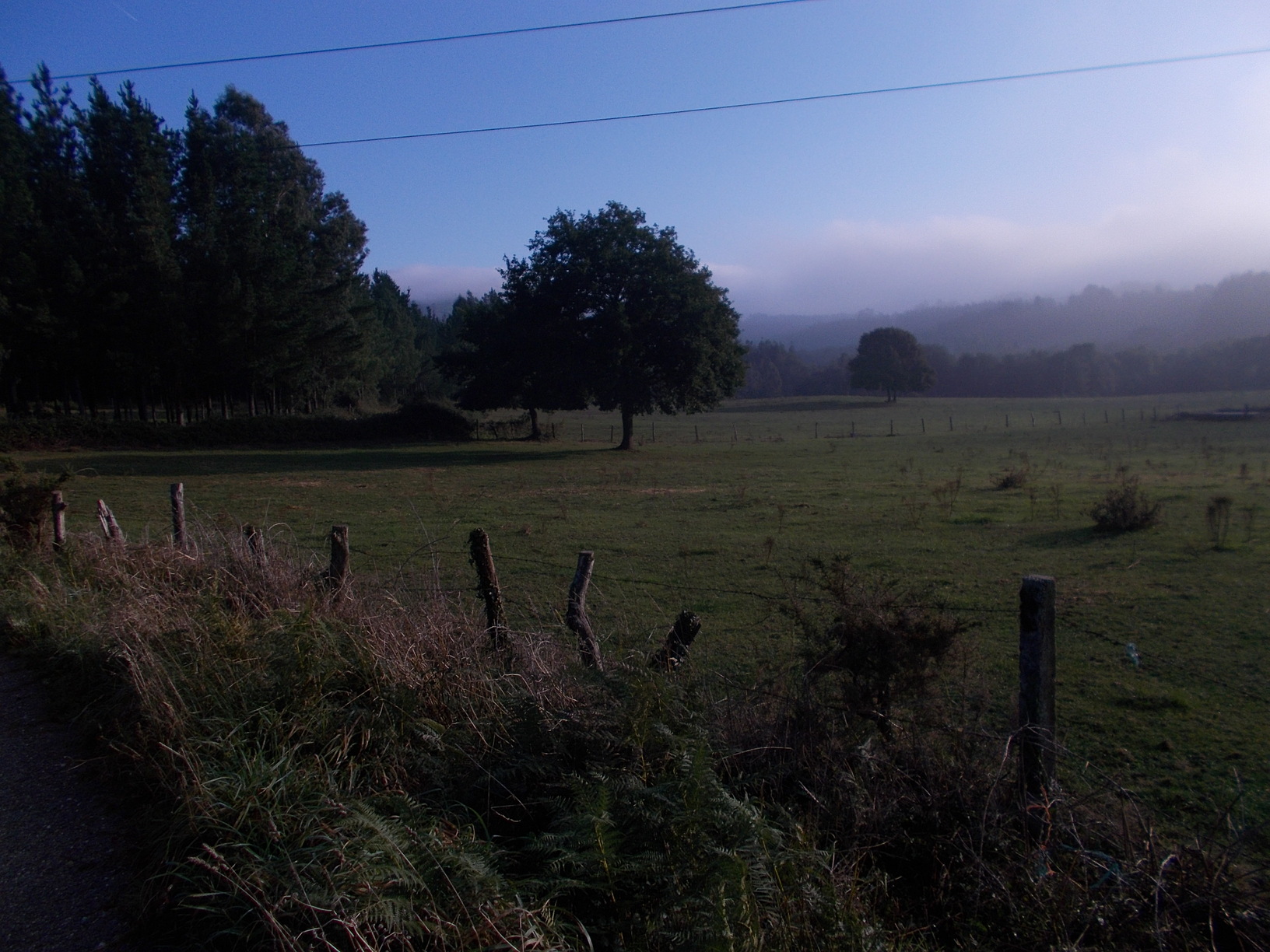Leaving home for a month or two is not easy once you are working, raising children, paying bills, and barely noticing how time flies by. Sure, it isn’t the same for every profession. Teachers for example are a common occurrence on the Camino in the summer (in July, teachers, mostly Spanish, counted for almost 50% of pilgrims in our albergue n 2025). They have six weeks of holidays in most countries, which is pretty much enough to do any of the Spanish Caminos.
For most other people, however, the right time to walk the camino comes either while they are still studying, or while they are already retired. The question is whether it is to possible to walk the Camino once you are over seventy. Is it the right walk for you, and how should you approach it? I will try to answer the questions on the following lines, and hopefully towards the end of the article you’ll be able to make a decision :).
Table of Contents
Camino is the most accessible long-distance hiking trail in the world
One of the things I like the most about Spanish Caminos, and especially the Camino Frances, is the accessibility of the walk to all sorts of people. Let me explain. Sure enough, you’ll cover close to 800 kilometers on your way from Saint Jean to Santiago. That’s a tough task for almost everyone, regardless of their age. But there is one game-changer on this trail: the infrastructure. Let me explain it.
I’ve been lucky enough in life to have walked many long distance trails in different corners of the world. On many occasions I had to carry a lot of water, food supplies for several days. I slept in a tent or in the open and often had to walk a certain distance in a day, just to get to water stream or other important point on the trail. Infrastructure is almost non-existent on many long distance trails. Camino de Santiago is a different story though. If I exaggerate a bit, you’ll run into a bar on every kilometer, and you will find a pilgrim hostel (a place where you can sleep) in every small village along the road, and sometimes also simply in the middle of nowhere. You can check our Camino Guide for Frances, stage by stage, to see yourself.
Some people argue it is not good, that Camino has become “a carnival”, or “a food fest”, which has nothing to do with original spirit of the pilgrimage. In my opinion though, things are never black or white only. Sure, commercialization of the Camino and vast infrastructure of bars, hostels and shops along the road has its minuses. On the other hand, it allows virtually everyone to follow the trail, since it is a huge difference whether you have to walk 20 or 30 kilometers on a day (to reach next shelter, shop, restaurant etc), or can call it day after 5 or 10 kilometers only, simply because you are tired, want an easy day, have a blister, it rains outside, or whatever.
With the current infrastructure on the Camino, you do not have to worry about having to walk many kilometers on a day, which is a huge plus once you are over 70. You can do the walk at your own pace, letting the youngsters to run away while you enjoy the beauty of Spanish countryside and take it all in slowly.
Pilgrims aged over 65 account for more than 10% of all pilgrims on the way
According to the statistics from the pilgrim office for 2025, pilgrims aged over 65 accounted for 11.55% of all pilgrims on all the caminos combined. Sure, 65 isn’t 70, but the point I try to convey here is that you won’t feel like an outsider, or a relic on the Camino, just because you aren’t in your twenties anymore… There will be many people of your age around you, and you may even find a hiking partner in their ranks (if you prefer to do so, of course, since walking solo is also all right).
Speaking from personal experience, the oldest pilgrim I met had 85 years (Giordano from Italy), and he was actually walking more than 1,000 kilometers on that occasion. He was one of those camino addicts who simply come back every year :). I have met and talked to dozens of pilgrims aged over 70, both men and women, and though some of them struggled on the Camino (physically or mentally), the same can be said about pilgrims from any other age group.
Running an albergue on Camino del Norte, the oldest pilgrims we have to stay with us was an 88 years old man from France. He walked his first camino when 86, second when 87, and third when 88 :). And he was doing long caminos, and always carrying his backpack… What I try to demonstrate with these examples is that really age isn’t a limitation here.

– Siegmund from Germany, 74 (at the time of taking this picture back in 2017), walking Via de la Plata. Now he’s over 80, yet every year he returns to Spain to walk one of the Caminos. He’s a living proof of the saying that “age is just a number”, and that you can do the Camino at any stage of your life.
When you are over 70 and not in an excellent shape, walk Camino Frances (instead of other ways)
An important thing to consider once you pass certain age is the right way to walk. The thing I said about infrastructure on Camino Frances doesn’t apply to all Spanish caminos. There are actually ways (such as Via de la Plata connecting Seville and Santiago) where you’ll have to walk over 30 kilometers on some days, simply because there won’t be any village/bar/hostel in between the starting and ending point of your walk.
What’ more, the age distribution isn’t the same on all Caminos. Camino del Norte may seem very attractive, due to the beaches and constant presence of the mighty and magical Atlantic ocean. It is indeed attractive, but the mindset of pilgrims, as well as their average age, is much different to the French way. Camino del Norte (connecting Irun and Santiago) is often considered “a party camino“. Pilgrims are younger, and many of them enjoy drinking and smoking and sunbathing along the way. Nothing wrong with that, of course, but if you seek those deep conversations and religious/spiritual experience, it may not be the best way for you. Based on my personal experience and many talks with people aged 70 plus, I would recommend you to opt for Camino Frances, especially if this is going to be your first camino. Make sure to follow our guide and plan your stages wisely, covering just as much distance and altitude daily as you can handle.
Improving your chances of finishing the Camino once you are over 70
Walking the Camino and actually reaching Santiago are two different things. Many young people fail to do so, though I do not like to call it “a failure”, because the purpose of this journey isn’t necessarily to reach a beautiful Cathedral in a beautiful city in the Spanish province of Galicia. But if young people often have to quit (due to injuries, fatigue, etc), what about older folks? And especially people over 70, who are more prone to injuries, and their bodies do not recover as quickly as they did in their thirties or forties? Luckily taking a few simple precautions you can improve your chances of reaching Santiago heavily. I suggest you to:
- Train back at home. It doesn’t mean that you have to cover some huge distances or simulate the load you will carry on the Camino. Going for regular walks, however, and perhaps losing a few pounds (in case you are overweight) will only help your body to adapt to the load it will experience on the actual Camino.
- Take it easy at the start. Filled with enthusiasm and mesmerized by the crowds around them, many pilgrims make the mistake of pushing it hard from the start. This is a sure recipe for developing blisters, knee and hip injuries, and both physical and mental fatigue, especially if you are over 70. Take it easy. Start with 5-10 kilometers a day. You can increase the daily distance later on, once you get accustomed to the daily routines of walking the Camino.
- Try to carry as little load as possible. There is no shame in having your backpack transported by a taxi (such services exist in Spain, and some cost as little as $6/day) once you are over 70. Or to pack light, if you prefer to have your stuff with you on the trail. We have an excellent article on ultralight packing list for the camino, and I recommend you to check it out. Each extra kilo in your backpack means an extra load on your knees and hips and other body parts that may betray you over the length of 800 kilometers.
- Sleep well. Sleep is the best recovery. Again, there is no shame in getting a private room every other day, or even staying in expensive hotels along the Camino (if you can afford it). Albergues are great for social contact with other pilgrims, but if someone snores heavily in the room or some pilgrims make noise late in the night and early in the morning, you may not get the rest your body needs. Keep it on your mind. Sacrificing a bit of social contact for better sleep is not a bad idea, especially if you aren’t youngest anymore… In our Camino Frances guide, you will always find also recommendations for good hotels/more private options, if you opt to stay in such once in a while.
Final thoughts
It is never too late to embark on a journey of a lifetime, and Camino de Santiago is an amazing experience at any age. You can certainly walk the Camino once you are over 70. What’s more, you can enjoy it, as long as you train a bit for your walk back home, take it easy from the start, and follow my recommendations.
You’ll meet many pilgrims over 70 on your way (especially if you walk Camino Frances), and you do not have to worry about feeling like an outsider out there. I hope that this post helped you to decide to give it a go, and maybe we will meet on the way :). Buen Camino!
Matej
May also interest you:
- Ultralight camino packing list – Pack under 5 kilos and enjoy your pilgrimage.
- Camino progress tracker – See exactly how many miles to walk and feet to climb you have left to Santiago, from any town on your way.



![Ultralight Packing List for Camino de Santiago [2025 Edition]](https://caminolovers.com/wp-content/uploads/2022/03/altra-shoes-640-x-480.jpg)



